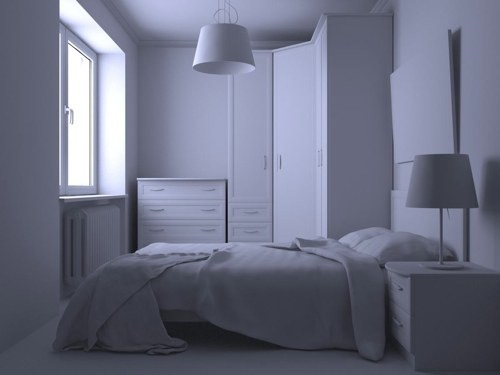

The backdrop is the “background” you see in the image. Backlights are especially popular in portrait photography but not always required in product photography. Backlights are used to help separate the object of your scene from the background and highlight its edges. Backlightīacklights can also be referred to as “rim” or “hair” lights depending on the context in which they’re being used. In 3D studio setups, an equivalent effect can be achieved simply by scaling up your light’s size. In real-world studio setups, these lights are diffused to prevent creating harsh shadows of their own. Fill Light(s)įill lights help create a more balanced appearance by softening the shadows created by main lights. In cases where natural lighting is present, such as sunlight, one could arguably consider that light as a second main light as well. The main light is, as its name implies, the primary source of light in your studio setup. Here’s a list of parts of studio lighting we’re going to discuss a brief word on the role they’ll play in our scene. We’ll be mimicking a basic 3-point lighting setup with a little bit of corner-cutting since we’re not working in the real world. That’s all we’re focusing on here-the basics.

Of all the many combinations one could find, there are some aspects of studio lighting design that are pretty universal. Of course, if you change the Object lighting setup you would have to change this setup to match.Many of the same concepts of real-world studio lighting translate to 3D software as well. Here is Suzanne in rendered viewport shading in EEVEE this way: Setting the world lighting to not use Nodes and setting the color to give you the contrast you want.Adding a single sun lamp and angling it appropriately.

You can't reproduce it precisely in EEVEE or Cycles because they use a different lighting model, but you can approximate it by So we can turn to the Workbench section of the manual under Studio Lights and find that the default light is a single (sun) lamp pointed in a particular direction. (To be precise, you are using the Workbench renderer's default lighting.) Without going into a lot of details, you probably have the default studio lighting setup and yes, you can reproduce that lighting.

That will give you a display similar to this one: When you're in object mode, you can go to the Header, to the far right menu and click on the dropdown arrow. Instead, object mode has its own lighting. When you are in object mode, your scene is lit, but not by the lights you have placed in the scene, nor, usually by any world lighting. Let's start by talking about what Object Mode lighting is.


 0 kommentar(er)
0 kommentar(er)
